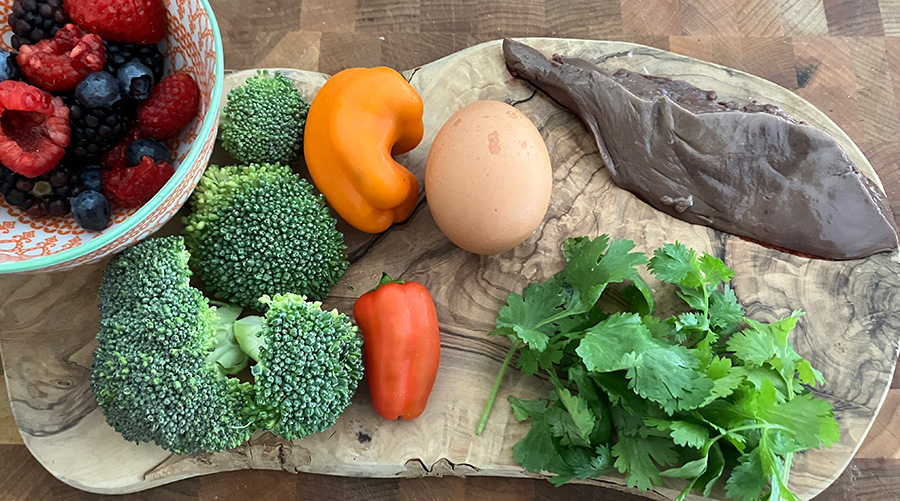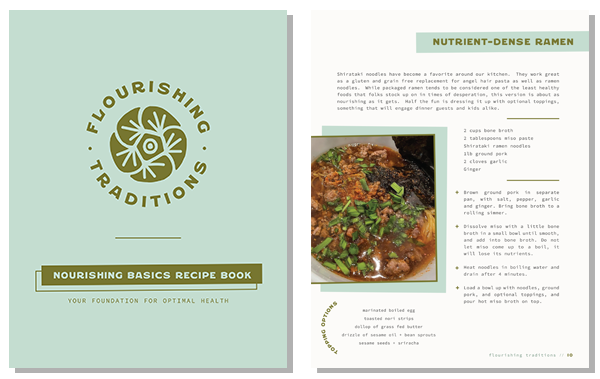Perhaps, like most people, you’ve had the experience of plowing your way through a bag of spicy dusted corn chips, only to find yourself feeling physically full yet nutritionally dissatisfied, possibly even still craving more. This is the result of eating processed foods high in caloric density, yet very low in nutrient density. When you consider that such processed foods make up around 70% of the American diet, it’s no wonder that 85% of Americans are deficient in key nutrients. These deficiencies can lead to a myriad of chronic diseases. By understanding the concept of nutrient density and what foods provide the most nutrients, you can make better choices about what fills your dinner plate- and maybe your snack pantry too!
How is nutrient density determined?
The simplest way to understand nutrient density is in terms of calories. This is often studied by identifying a set of nutrients, ideally those which people are commonly deficient in to make the results relevant to our current nutrient predicament, and determining how many calories will be required to deliver a portion of our daily needs of these nutrients.
One such study from 2022 in the Journal Frontiers in Nutrition did just that.
A key feature of this study was that it also included bioavailability, or the amount of a nutrient that is actually absorbed and released into the bloodstream. Low bioavailability can mean that a food that is nutrient dense on paper can have difficulty in meeting our nutrient needs. For instance, spinach, while nutrient dense in terms of nutrients per calorie, only has 5% of its calcium in a bioavailable form. To compare it to another calcium rich food with superior bioavailability, you would have to consume 16 cups of spinach to actually absorb the same amount of calcium in one glass of milk!
So what did the study find are the most nutrient dense foods?
Generally speaking, nutritional powerhouse foods tended to come from the animal kingdom. 17 of the top 20 foods came from animal products, with dark green leafy vegetables, vitamin A rich fruits and vegetables (think sweet potatoes, red bell peppers, carrots), and the broad category of “other vegetables” rounding out the top 20. (See figure 1 in the above study for a thorough breakdown).
One interesting food group that you’ll find absent from the Top 20 is that of grains, whether whole or processed. While refined grain products were at the very bottom of the list, whole grains were only slightly higher in terms of nutrient density, requiring as many as 4 times the calories to be consumed in order to meet the same requirements as foods at the very bottom of the Top 20.
So which food was Number 1? Liver of course! Just 7 grams, or the equivalent of 11 calories, can provide you with ⅓ of your daily needs of vitamin A, folate, vitamin B12, calcium, iron, and zinc. It’s interesting to compare this to our most commonly eaten meat in America- chicken- which would require 480 grams, or 1103 calories, to meet the same nutrient targets. You would literally have to eat 100x as many calories worth of chicken to achieve the same level of nutrients! Liver’s incredible nutrient density is one of the reasons to find creative ways to include it in your diet- check out our Nourishing Basics Recipe Book in the right side bar for some delicious options.
While knowing the facts behind which foods are most nutritious can stir the desire to make a change in your diet, the best pathway to follow on that journey isn’t always clear, and is not the same for everyone. If you’d like to learn more about our personalized nutrition plans and coaching sessions to help motivate you down the path, Book a FREE discovery session today and begin your journey with the support you need.
For further reading on Nutrient Density, we recommend This Article by Chris Kresser, and This Article by Sarah Ballantyne.


